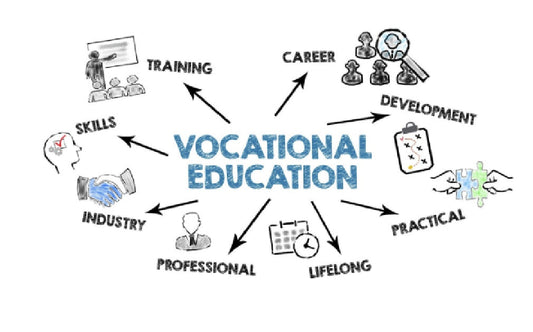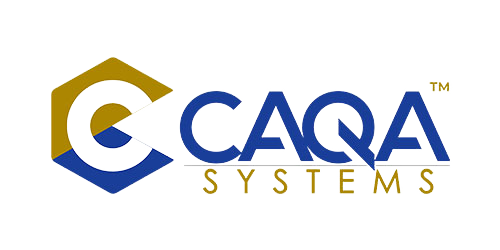In an effort to curb the practice of "visa hopping" and address the issue of "permanent temporariness," the Australian Government has introduced stringent new rules targeting international students and temporary visa holders. Effective from July 1, 2024, these changes are part of a broader strategy to ensure that only those with genuine intentions to study in Australia can extend their stay through student visas. This article delves into the details of these new regulations and their implications for international students and the Australian education system.
The Problem: Permanent Temporariness and Visa Hopping
The federal government has identified a troubling trend of "permanent temporariness" among international visa holders. This phenomenon occurs when individuals who do not qualify for permanent residency in Australia prolong their stay by consecutively applying for different types of visas. The most common pathway for this has been from visitor or temporary graduate visas to student visas.
In the 2022-23 period, the number of international students staying in Australia on a second or subsequent student visa grew by over 30%, reaching more than 150,000 individuals. This increase highlights the prevalence of visa hopping, where individuals extend their stay by enrolling in successive educational programs, often in cheaper vocational courses, to remain in the country without meeting the criteria for permanent residency.
New Regulations: Key Changes Implemented
Restriction on Onshore Student Visa Applications
As of July 1, 2024, individuals in Australia on certain temporary visas, including visitor and temporary graduate visas, can no longer apply for a student visa while they are still in the country. Instead, they must leave Australia to lodge their student visa application from offshore. This measure is designed to ensure that only those with a genuine intention to study can secure a student visa.
Affected Visa Subclasses
The new rule applies to several visa subclasses, including:
- Subclass 485 (Temporary Graduate)
- Subclass 600 (Visitor)
- Subclass 601 (Electronic Travel Authority)
- Subclass 602 (Medical Treatment)
- Subclass 651 (eVisitor)
- Subclass 771 (Transit)
- Subclass 988 (Maritime Crew)
- Subclass 995 (Diplomatic Temporary) – Primary visa holders only
- Subclass 403 (Temporary Work) – Domestic Worker (Diplomatic or Consular) stream
- Subclass 426 (Domestic Worker (Temporary) – Diplomatic or Consular)
Individuals holding these visas who wish to apply for a student visa will now need to do so from outside Australia and will not be allowed to re-enter the country until their student visa application is approved.
Implications for International Students
The new regulations are expected to have significant impacts on international students and the broader education sector. Key implications include:
Increased Costs and Inconvenience
For international students, the requirement to leave Australia to apply for a new visa introduces additional costs and logistical challenges. Travel expenses, accommodation abroad, and potential disruptions to their studies are some of the hurdles they will face. This change is likely to deter those who might consider extending their stay through multiple visa applications without a genuine commitment to their education.
Impact on Enrolments
Education providers, particularly those offering vocational courses, may see a decline in enrolments from international students who previously extended their stay by enrolling in cheaper programs. This could affect the financial viability of some institutions, especially those heavily reliant on international student fees.
Ensuring Genuine Intentions
The government's intention behind these changes is to filter out applicants who use the student visa system as a backdoor to extended stays in Australia. By requiring offshore applications, the authorities can better assess the genuine intent of applicants, ensuring that only those committed to their studies and contributing positively to the education sector are granted visas.
Broader Migration Strategy
These new rules are part of a comprehensive Migration Strategy released in December 2023. The strategy aims to address several issues within Australia's migration system, ensuring it aligns with the country's economic and social goals. Other key components of the strategy include:
Temporary Skilled Migrant Income Threshold (TSMIT)
Starting July 1, 2024, the TSMIT will increase from $70,000 to $73,150, reflecting the recent rise in average weekly earnings. This change aims to ensure that temporary skilled migrants receive fair compensation aligned with Australian standards.
Increase in Significant Cost Threshold
The Significant Cost Threshold, which determines whether a visa applicant’s estimated health and community service costs are considered significant, has increased from $51,000 to $86,000. This adjustment aims to contain public expenditure on healthcare and community services.
Addressing Worker Exploitation
The Migration Amendment (Strengthening Employer Compliance) Act 2024 introduces measures to protect temporary migrant workers from exploitation. These include criminalising coercion, imposing restrictions on employers convicted of offenses, and increasing penalties for non-compliance.
The Future of International Education in Australia
The federal government’s new regulations represent a significant shift in how Australia manages its international student and temporary visa programs. By addressing the issue of visa hopping and ensuring genuine intentions among applicants, these changes aim to uphold the integrity of the migration system and support the long-term sustainability of the education sector.
For education providers, policymakers, and international students, staying informed and adapting to these new regulations will be crucial. As Australia continues to attract students from around the world, these reforms will play a vital role in shaping the future landscape of international education in the country


































